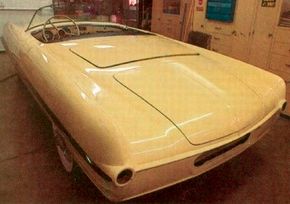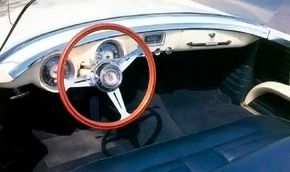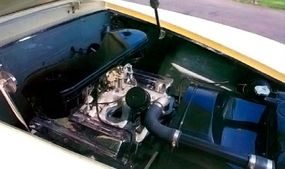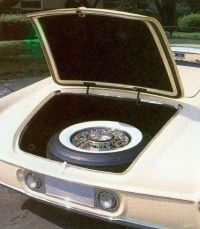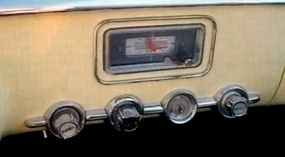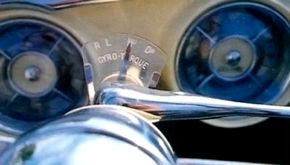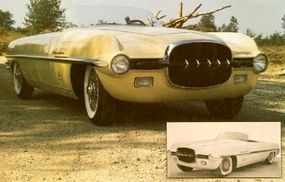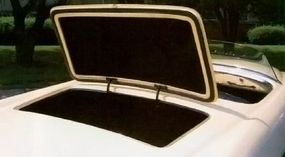Among American car designers, the name Virgil Exner remains prominent nearly two decades since his death in 1973. More than most stylists, probably more than any of his contemporaries, Exner produced show cars bearing his personal stamp. Between 1951 and 1962, when he left the company, he successfully spun-off their ideas on numerous production models. It is generally conceded that by 1957 -- largely with design ideas evolved from his earlier show cars -- Exner's blend of extroverted innovation and classic-era hallmarks had the legs of everybody else in the industry, including Harley Earl's vaunted General Motors.
Advertisement
Ex's formula was simple: conventional passenger car chassis, occasionally shortened but otherwise mostly stock, combined with svelte bodies and interiors handcrafted by Ghia coachworks in Torino, Italy, for a fraction of what they would have cost to build in Detroit.
Asked about his show cars by writer Michael Lamm in the early Seventies, Exner explained: "There was really only a single purpose in all of them, and that was to let the public know that Chrysler was thinking ahead as far as styling was concerned." But in contrast to the contemporary specials from General Motors, for example, Exner's cars were always built with production requirements in mind. "As a result," Exner continued, "they had to be compromised to a certain degree from what you normally would do with a strict 'dream car.' But two or three of them came very close to being built."
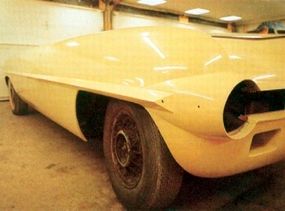
In my own conversations with Exner, he was almost wistful about this last point; he really did want Chrysler to build a sporting rival to the Corvette and Thunderbird. On at least three occasions he created show cars which could easily have been translated into production automobiles. One of these was his 1953-1954 series of Dodge Firearrows.
Virgil Exner and Chrysler Corporation built three and one-half Firearrow show cars. Though it never saw production, it influenced the low-volume 1956 Dual-Ghia.
The Firearrows followed a logical progression from dream car to producible vehicle. The first one-which we ought only to count as one-half-was a "buck" on a Dodge chassis. It didn't run and was really only one step up from a full-size clay model. Establishing a proportion Exner strove for, this 1953 Firearrow I was more than twice as wide as its body height at the cowl. "The body itself is flat and broad with only a slight crown, or slope, in its top and side surfaces," said a contemporary description. "Stylists have a word for this . . . they call it 'tautness': the metal between any two points seems stretched to fill the space smoothly, with no wasted contour, rather than appearing full-blown or overly curvaceous." It was the diametric opposite of typical mid-Fifties design.
For more information on the 1953-1954 Firearrow, continue on to the next page.
For more information on cars, see:
- Classic Cars
- Muscle Cars
- Sports Cars
- Consumer Guide New Car Search
- Consumer Guide Used Car Search
Advertisement
